Note: This post may contain affiliate links which means if you click on a link and purchase an item, we will receive an affiliate commission at no extra cost to you.
This post is brought to you by some essentials Dirk travels with: X-trail running shoes, headphones, and sunblock.
This is the latest interview in a series featuring digital nomads talking about their lives and lessons (click here if you want to be interviewed). The goal is to help demystify the process of making money online, wandering the world, and living an unconventional life!
Dirk is a freelance motion designer, but the transition from working in an office to working from anywhere in the world didn’t happen overnight. Below he offers great insights into how he’s found freedom and happiness exploring the world while working remotely.
Thank you for being here with Freedom Is Everything, Dirk!
Key takeaways from Dirk’s interview:
“Shortly before and during the pandemic, I realised how fragile and unpredictable life is, and I should start doing instead of thinking about it. I thought, “why sit at home and freelance when I can travel the world and work from anywhere?” Working during the week and doing sightseeing or experiencing the new in the weekends and evenings.”
“You see a lot of good out there, and sometimes it’s the people with the least who are the most fulfilled. Nomading has taught me that there are so many different views on life, and it keeps on reminding me that we all have different priorities and basic needs.”
“You do get these rare moments when [freelance work] goes quiet, and you can focus on creating your own work. These rare occasions of downtime should be used wisely and to your advantage. I usually try to create fresh content for my showreel/portfolio outside my current field and watch tutorials on new plugins and design trends. By diversifying your portfolio, you expand your offering, and this will increase your chances of bagging some new exciting projects. Some call these self briefed projects – rainbow work. Usually, these rainbow projects will spawn new ideas, executions and broaden my software knowledge.”
“I had to really put myself out there to maintain a balance between work and socializing or even just interacting with others. Using apps wasn’t really doing the trick, and I wanted to reduce my screen time, so I signed up for CrossFit. Not only have I met others, but this was so great for my mental and physical health, also forcing me to be absolutely in the now. Not thinking about a deadline, past or even present commitments – just here.”
Table of Contents
Introduce yourself! 🙂 Who are you? What do you do for work? And what is your nomadic story?
My name is Dirk (sometimes people call me Derick, depending on the country – ha), I’m a Freelance Motion Designer, and my company is called Motionbru. I grew up on a farm in central South Africa, where space was never in shortage. I’ve always had the urge to travel and experience new things, so I sold my car to pay for a UK working holiday visa and a flight to London. In 2006, I moved to London to start my new chapter, explore the globe, and catch up on lost travel time as quickly as possible.
After living in London for 16 years and traveling a fair amount, I still felt there was so much more to see, and my standard annual leave was not going to allow the freedom I needed, so I decided to go freelance. After one failed attempt, I fell back into the comfort of a 9–5 job. I saved up for the worst-case scenario and finally took the leap again and quit my cushy job.
Second time lucky, things fell into place, and my nomad journey started with a bang… or that’s what I thought until the world went into full lockdown two months later. But daunting as this sounds, working remotely became the new way or the only way of working for millions—this new norm boosting the nomad lifestyle.
I’ve been nomading for the past two years and visited Rio de Janeiro, Zakynthos, Kefalonia, Prague, and South Africa. I’m currently working remotely from Cape Town and fully enjoying the scenery, friendly people, and all the good wine that’s on offer. While here in South Africa, I’ve been on multiple road trips exploring the West and South coasts, Central South Africa, Namibia, and Botswana. Pit stops, sightseeing, and overnights all depend on the new currency – WiFi.
What inspired you to start nomading? And how has nomading changed your perspective on life?
Shortly before and during the pandemic, I realised how fragile and unpredictable life is, and I should start doing instead of thinking about it. I thought, “why sit at home and freelance when I can travel the world and work from anywhere?” Working during the week and doing sightseeing or experiencing the new in the weekends and evenings.
You see a lot of good out there, and sometimes it’s the people with the least who are the most fulfilled. Nomading has taught me that there are so many different views on life, and it keeps on reminding me that we all have different priorities and basic needs.
Working remotely in different countries, from 1st world to developing ones, does give you a clear idea of how everyone’s commitments, concerns, and way of life vary. How religion, tradition, culture, climate, and socioeconomics impact one’s daily routines and views.
All of this made me realise how limitless the possibilities are to push the boundaries and challenge myself every day because I’m one of the few who is actually fortunate enough to travel and explore. Lastly, you meet amazing people, and they all have a unique story – you just simply have to ask them.
Please tell us the detailed story of how you started your freelancing business.
I did a (post-graduate) Master’s degree in Advertising to expand my knowledge surrounding marketing and support me in setting up my freelance business. My final thesis was on “How to build your personal brand as a Freelance Motion Designer.” The first time I tried freelancing, I thought I had everything in place, but sadly it wasn’t meant to be, and I think I needed more groundwork and planning. Not overcomplicating things, but more a phase where one needs to be able to change and adapt and improvise.
So after my first freelance attempt didn’t go as planned, I reassessed and tweaked my strategy. I went back to a full-time position in a bigger corporation to prove myself to my peers and put in the hard work to obtain their trust and respect. Many of these co-workers will also one day continue their journey and set up their own businesses or join new companies and will be in need of a freelancer. This is key, clients need to trust and have confidence in you, even when you’re 1000s of miles away and sometimes in different time zones.
WOM advertising (Word-of-mouth) is the best marketing method I’ve experienced to date. The biggest struggle or challenge for me was getting that first initial freelance project, proving to yourself and the client that you can do it. After this hurdle, things become much easier, and you might even be able to sprint a bit and enjoy the new challenges. Saying all this, it’s still essential to build your own brand and be authentic or true to yourself.
Since launching, what has been most effective to acquire/retain clients?
To add to my previous answer, I found that WOM (Word-of-mouth) advertising is the best way to acquire new clients. In my situation, I’m a one-man band, and I strive to deliver the best quality product possible to my clients. Remember to have your 60-second elevator pitch to the T. If you don’t believe in what you are doing, how can anyone else?
I’m very fortunate at the moment to have a large pool of clients to dip into, and projects are usually staggered, but saying this, there are instances where projects overlap, and this is not the funniest experience, I must admit. You have to steer through it and look forward to the less busy days or weeks to recharge.
Most of my clients are health, wellness, and beauty brands, and projects tend to be staggered mostly, and deadlines are seldom unrealistic. You do get these rare moments when it goes quiet, and you can focus on creating your own work. These rare occasions of downtime should be used wisely and to your advantage. I usually try to create fresh content for my showreel/portfolio outside my current field and watch tutorials on new plugins and design trends.
By diversifying your portfolio, you expand your offering, and this will increase your chances of bagging some new exciting projects. Some call these self briefed projects – rainbow work. Usually, these rainbow projects will spawn new ideas, executions and broaden my software knowledge.
What are the 2-3 favorite places where you’ve lived/traveled to and why?
Definitely, Rio de Janeiro during Carnival season was a spectacular feast for the senses! Actually, it was a sensory overdose, but in a good way. Rio is full of energy, a vibrant city with everything one might need, beaches, unreal mountains, unbelievable sights, and the friendliest people and, yes, of course, Caipirinhas. I spent most of my time in the Ipanema neighbourhood, within walking distance from the famous beach that became internationally known with the song “The Girl from Ipanema.”
Sipping coconuts and watching the sunset behind Dois Irmãos (the “two brothers” when translated into English) never gets boring. The beaches are always vibrant with people playing footvolley on the beach, a local invented sport mixing football and volleyball.
Another great travel and work destinations were Zakynthos and Kafelonia, two Greek Islands next to each other. Zakynthos is dotted with hidden coves, pure white secluded beaches surrounded by turquoise water, especially in the western part of the island. The best way to explore these treasures is by hiring a boat for a day and exploring on your own schedule—anchoring, swimming, snorkeling, and sunbathing where you feel like it.
Kafelonia also didn’t disappoint and offered a completely different experience. Unfortunately, while I was there, a Medicane (Mediterranean hurricane) hit the island and caused massive destruction across the island, sinking yachts, causing rock and mudslides, destroying tavernas, and washing cars into the sea. Iona was the first storm this size I’ve ever experienced in my life. It was terrifying and, at the same time, heavily upsetting to see the locals lose all their belongings and be helpless in this disaster. Shortly after the storm, people were out and about and started to clean, repair, and rebuild.
Last but definitely not the least was Namibia. A vast country filled with dunes, mountains, canyons, wildlife, deserted beaches, shipwrecks, and the list goes on and on. If you ever wanted to feel like you’re the only person alive, Namibia can make this a reality. I still think this is how Mars might look if you were able to breathe and walk on it. You’ll drive for hours and 100s of miles and not see a single person just stretched out vistas. You’ll experience complete serenity under a glittering sky filled with stars and the moon so bright you’ll be able to read a book.
Namibia is rich in wildlife that ranges from wild horses, oryx, bat-eared foxes, brown hyena, vultures, desert elephants, rhino, seals, and plenty more. Surprisingly, there was WiFi at most campsites, and the local mobile providers did provide 3G or 4G coverage most of the time. Enough to check your email, upload needed files, and have those important zoom calls.
What advice would you give to someone who’s thinking about nomading?
One of my biggest complications, when I started nomading, was that I felt lonesome and isolated. Some days the only interaction I had were Zoom meetings, if any. Don’t get me wrong, being in these amazing places, peeking over my MacBook screen, observing the “new” is mind-blowing, but you still need to engage with others in a non-virtual manner. You still feel it would be nice to have a drink or a chat with someone and share your day’s experiences.
I had to really put myself out there to maintain a balance between work and socializing or even just interacting with others. Using apps wasn’t really doing the trick, and I wanted to reduce my screen time, so I signed up for CrossFit. Not only have I met others, but this was so great for my mental and physical health, also forcing me to be absolutely in the now. Not thinking about a deadline, past or even present commitments – just here. I even went further and joined a weekly Ceramics and Pottery class to get my hands busy and spark some creativity. I’m not suggesting apps don’t work, but I wanted to challenge myself in interacting on a different channel. It was too easy to start endless chats on my phone and get lazy and stay in.
One website I can highly recommend is Nomadlist.com, especially when picking your next city to explore. They give you a detailed report on all information you might possibly need to know. From WiFi speed, cost of living, safety, LGBTQA+ tolerability, air quality, walkability, people currently in the city you can connect with, and the list goes on.
I found that moving around too often, living out of a suitcase, while juggling work commitments, can be super stressful. I had to learn the hard way that it’s essential to have a base and some kind of a routine to centre and calm yourself. I also try to make my own food and not getting takeaways all the time. I’m not saying don’t go to restaurants or coffee shops for a meal; I’m referring to when you’re working from your Airbnb or similar. I know you save time by ordering in, but you need time away from your screen and preparing your own meal is not only healthy but also serves as a type of meditation.
What is unique about the way you travel, and what advice do you have for someone that wants to travel with a similar style?
My home base is London for half the year to provide opportunities to meet with my clients and also develop new leads that might result in projects. London is such a great hub to travel from, making it extremely convenient. It’s pretty easy and quick to pop over to Europe. You have the advantages of the time zones being almost the same, making scheduling meetings and working hours much simpler.
I prefer to have shorter visits to Europe and tend to have longer stays outside Europe to broaden my travel experience. My biggest tip would be ‘don’t underestimate how tiring it is to travel and work at the same time.’ I found that two weeks at a time can be a more enjoyable experience than moving around too often. I try to utilise my weekends for sightseeing and exploring so I can focus on work during the week. Yes, there will be quiet days depending on my projects where I’ll use a weekday to avoid crowds and queues.
What digital tools do you use for your work/business?
I use Zoom and Google Meetup for virtual meetings and briefings.
Slack for internal discussions and feedback.
Notes for time keeping and noting new ideas or something that interested me to revisit later.
Vimeo for video hosting and sharing.
And my work design software; the Adobe Creative Suite, Cinema 4D, iCloud, Realflow, and the list goes on…
What scale is your business at today, and what are your future goals?
Like mentioned before, this will be my second year of trading, and I have more than doubled my income compared to my first year. My client numbers have increased by 25%. It’s been a super busy year full of challenges, experimenting, and adapting!
I guess the next phase for my business would be to work on bigger projects and even hire additional help to support me. I’ll also partner up with agencies that need a motion design division, and the ultimate aim one day is to be dealing directly with the brand—essentially getting a bigger slice of the cake!
For someone interested in becoming a freelancer in your field, what’s the best advice you would give? And what books, podcasts, thought leaders, or other learning resources do you recommend?
A great book I would recommend that guided me through this process was The Freelance Manifesto: A Field Guide for the Modern Motion Designer by Joey Korenman. This book gave me the necessary tools and detailed steps to set up my freelance business and helped me transition from a 9–5 to being a fully self-sufficient freelancer. Planning is key to setting up your freelance journey, and one can start beforehand to make it easier when you finally jump the ship. To reduce stress and panic at a later stage, it’s wise to save up some cash that will be able to support you for a few months while you build up your pool of clients or projects.
Also, a good buffer, most clients work on a 30-40 day pay run, and you don’t want to get caught short while you wait for some invoice settlements. Adding to this, do keep notes on how much time you spend on projects. This is really helpful to keep track of time, to help with future cost estimates, and also when clients request timesheets.
It’s key to use all available marketing channels to widen visibility and get noticed. I use the following design platforms: Behance, the-Dots, Vimeo, and Instagram, to publish and advertise my work. These digital platforms are super handy for browsing the latest trends and sharing one’s portfolio/showreel for potential jobs.
LinkedIn is also a great way to connect and search for prospective projects. All these digital channels are linked to my business website to increase traffic and visibility, adding weight to your personal brand’s authenticity and the trust factor.
Oh yes, most importantly, back up your work! I found using the cloud is the best method for me. Travelling around with external hard drives didn’t work that well for me. They do get damaged (could be the owner’s clumsiness), and the cloud seems pretty stable and secure.
If you only had a few minutes to live, what are the most important life lessons you would share with the world?
Close your eyes and jump, maybe scream while you are at it. Try to live in the moment as much as possible. It’s a very fulfilling space. And last but not least, “a change is as good as a holiday.” Another saying I live by is Samuel Beckett’s “Ever tried. Ever failed. No matter. Try Again. Fail again. Fail better.”
What do you travel with that you couldn’t imagine traveling without?
Definitely my iPhone, MacBook Pro, DJI Drone, iPad & pen, X-trail running shoes, headphones, and sunblock!
What’s your favorite book and why?
The Alchemist. It’s a story full of self-exploration and metaphors on how one should pursue in finding one’s personal legend. Essentially follow your dreams and don’t give up! It won’t always be an easy journey but make things happen in your life. One of my favorite quotes from the book is, “I’m an adventurer, looking for a treasure.”
What small change has made a big difference in your life?
A simple thing like switching on Do Not Disturb on my phone when I go to bed had a massive impact on my sleep patterns. Also reminding myself to breathe and count to 5 to allow time to calm down when things feel like they are spiraling out of control.
Tell us about a deep passion of yours! What has your journey been like, and what advice/resources would you recommend for someone interested in learning more about this topic?
One of my biggest passions is photography and capturing the beautifully diverse world that surrounds me. This is very closely knitted to what I do for a living, creating moving imagery. My challenge was to repackage my pictures and shift the content into an art or essentially creating art pieces instead of just pretty pictures. I recently bought myself a drone to expand the medium and capture in a different perspective than before.
I did a series recently called Vertigo that featured in a virtual exhibition in London. My future goal is to have a solo exhibition! This was so rewarding, narrowing the space between a hobby/passion and work, creating a new revenue stream. I guess we all want our art to be seen and appreciated, so this gave me a complete new aspiration to create more and exciting content. My advice is to be hungry, to try new things, and do more of what you love.
What is your philosophy on being happy and/or finding meaning/purpose in life? And any recommended resources for people navigating this journey?
For me, it’s all about keeping a balance, and my ethos is work hard, play hard. I feel fulfilled when I travel and discover new things. It keeps me busy and challenges my thinking.
How can people learn more about you and your work?
I have my personal Instagram account @dirkbruwer and my company one @motionbru.
Also, here’s a link to my company website www.motionbru.tv
Finally, one can connect with me on LinkedIn: http://linkedin.com/in/dirkbruwer




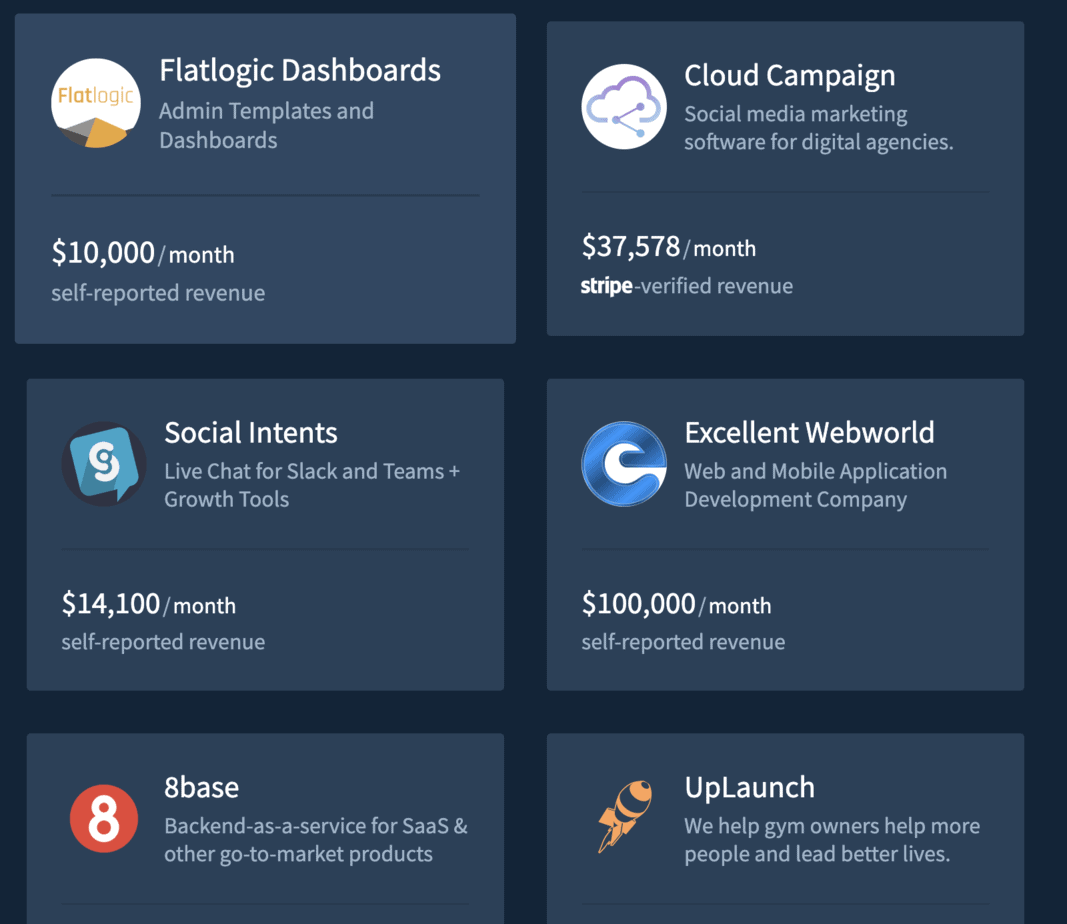






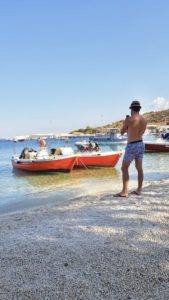


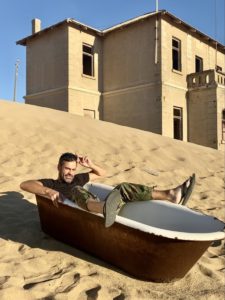







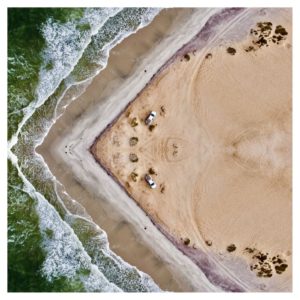

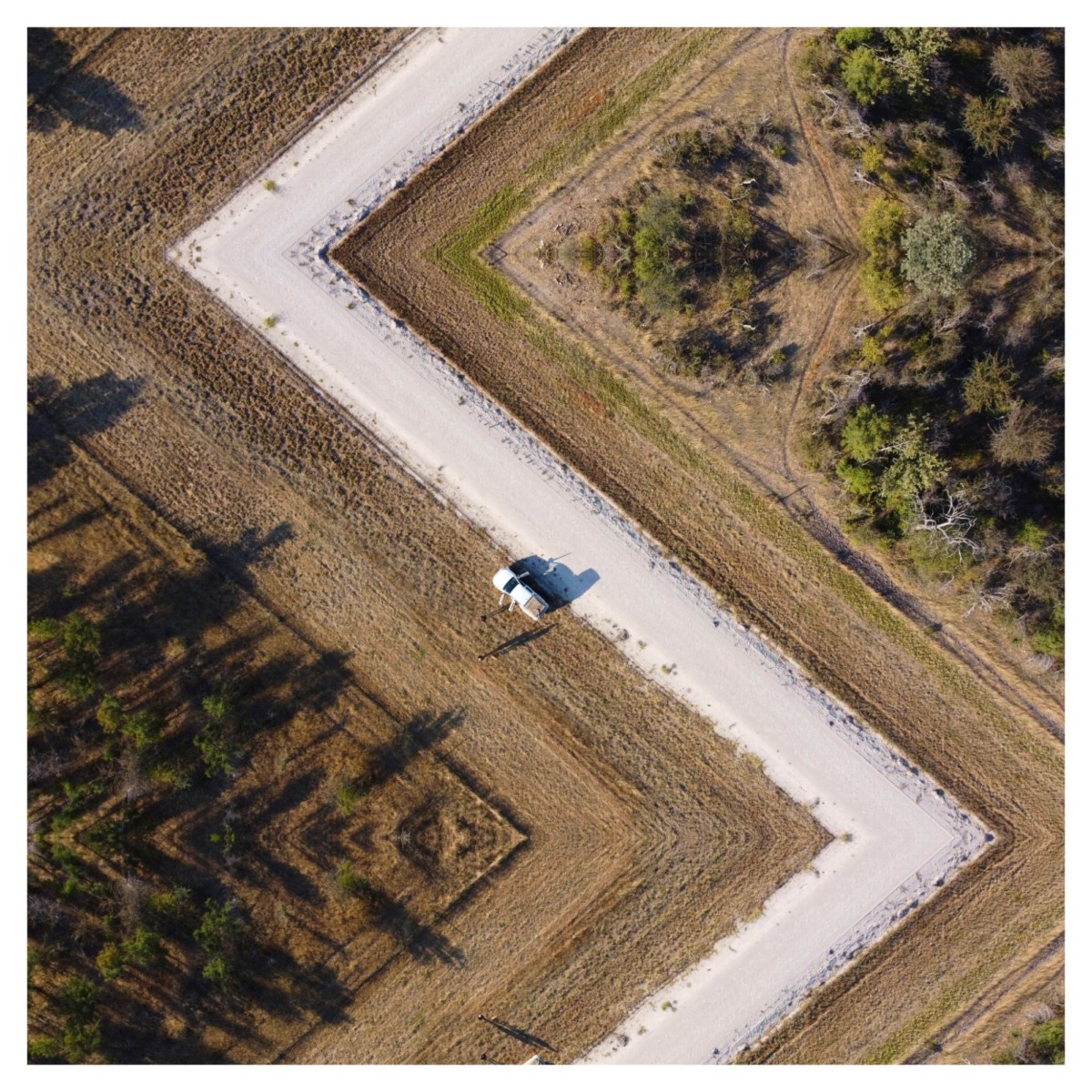


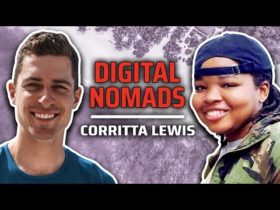

Awesome feature. I think he is living the life so many of us have always dreamt about. His experience definitely makes him agile and it would probably not be such a great idea to do this without having a critical skill set.